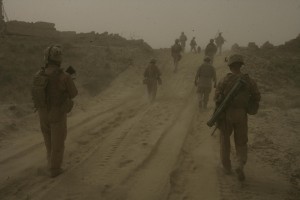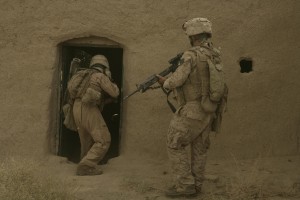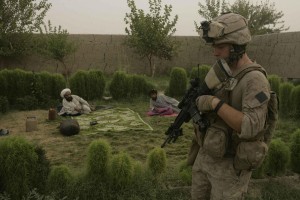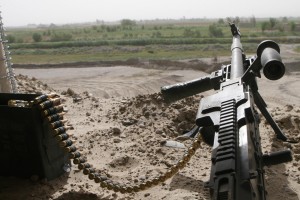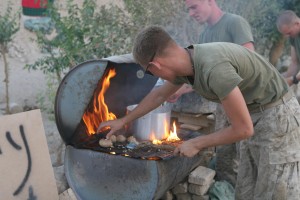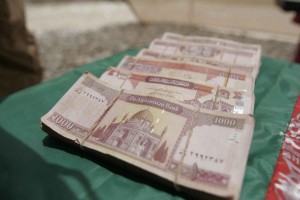Troop Surge for Afghanistan?
BY Herschel SmithSimilar to the opposition to the surge in Iraq, the chorus of voices calling for a military stand-down in Afghanistan are growing. There is the classical “we can’t win” approach, analogous to the “insurgencies cannot be beaten” meme (regardless of the fact that the insurgency has essentially been beaten in Iraq). Then there is the “we must educate the extremists out of their extremism” approach. In this version of the problem, the root of the extremism becomes disenfranchisement, poverty, and valid grievances which require redress (regardless of the example of Bangladesh, which is 90% Muslim and one of the poorest nations on earth, but without the violent extremism). There are other stupid arguments for a draw-down of troops (or leaving a very small military footprint) over which we won’t waste our time.
But The Captain’s Journal has been advocating increased forces and force projection for more than half a year, along with a change in the command structure and the implementation of a comprehensive strategy. Finally, we have also pointed out that regardless of the fact that Pakistan is no apparent ally in the fight against the Taliban, Afghanistan is the first and primary place to engage them, with U.S. military pressure resulting in Pakistani commitment to the campaign.
It sounds as if Admiral Mullen has been listening to The Captain’s Journal rather than the other arguments. “It’s very clear that additional (US) troops will have a big impact on insurgents coming across that border,” Mullen asserted Wednesday. Gates is also looking for an increase in troops.
The US is looking for ways to send more troops to Afghanistan amid a resurgence of violence in the country nearly seven years after the ousting of the -Taliban regime.
Robert Gates, US defence secretary, said the Pentagon was “working very hard to see if there are opportunities to send additional forces sooner rather than later”.
His comments, late on Wednesday, increased the likelihood of further reductions in US troop levels in Iraq later this year to free up forces for Afghanistan.
Admiral Michael Mullen, chairman of the Joint Chiefs of Staff, said he expected to recommend additional withdrawals from Iraq in early autumn provided recent security gains were sustained.
US commanders in Afghanistan have been appealing for additional troops for months as the insurgency has revived.
Pentagon leaders have made clear that significant increases would have to wait until more troops returned from Iraq but the need to rebalance forces between the two battlefields has become more urgent in recent weeks. Coalition deaths in Afghanistan have exceeded US fatalities in Iraq for the past two months and nine soldiers were killed on Sunday in the deadliest insurgent attack against US forces since 2005.
Briefing reporters after visits to both war zones last week, Admiral Mullen said security was “remarkably better” in Iraq but warned the US faced a “tough and complicated” fight in Afghanistan.
The hand wringing over a large footprint – it’ll cause the population to turn against us, military action cannot win against an insurgency, etc., etc. – has been seen before concerning Iraq. The meme is getting tired and old, but some “experts” and “analysts” don’t mind sounding tired and old. Fortunately, Gates and Mullen see the need. But note that The Captain’s Journal saw this need before the so-called analysts did. Finally, we say that the campaign needs more than three Brigades (as has been claimed). But it will take a while to convince the chain of command of our position.
